You and your dog no doubt enjoy lots of lovely walks together but how much have you thought about the dog lead you use for your beloved pooch? We spoke to Dog Behaviourist & Trainer Dogtor Adem Fehmi who filled us in on exactly what you should be considering when buying a dog lead.
What different dog leads are there available?
There are many different dog leads on the market to choose from. The most common is probably the standard flat lead and slip lead, with bungee and stretchable leads also available, plus harnesses and anti-pull leads such as gentle leaders and halti types, just to name a few. You can also purchase training leads such as longlines to assist with training actions such as recall. The lead is a valuable tool to all dog owners, helping to connect us to our dogs.
Do different dog leads suit different dogs?
It is important to choose a lead to suit your dog’s breed, their physiology, lifestage and training needs. A short-nosed breed, for example, may require a harness rather than a lead and collar so that their airways are not restricted by the use of a lead positioned around their neck. Alternatively, anti-pull leads may be helpful to assist with rehabilitating dogs that are reactive, for example. They can also be useful if perhaps an owner has a medical issue, such as a bad back, which requires them to have more control over a dog that may otherwise pull or be unpredictable on the lead.
The activities you carry out with your dog can also determine the best lead to use. For brisk walking and running, an owner may wish to choose a harness or bungee style lead. These are particularly useful for disciplines such as Canicross, allowing hands free ‘holding’ with the dog attached to the owner’s waist.
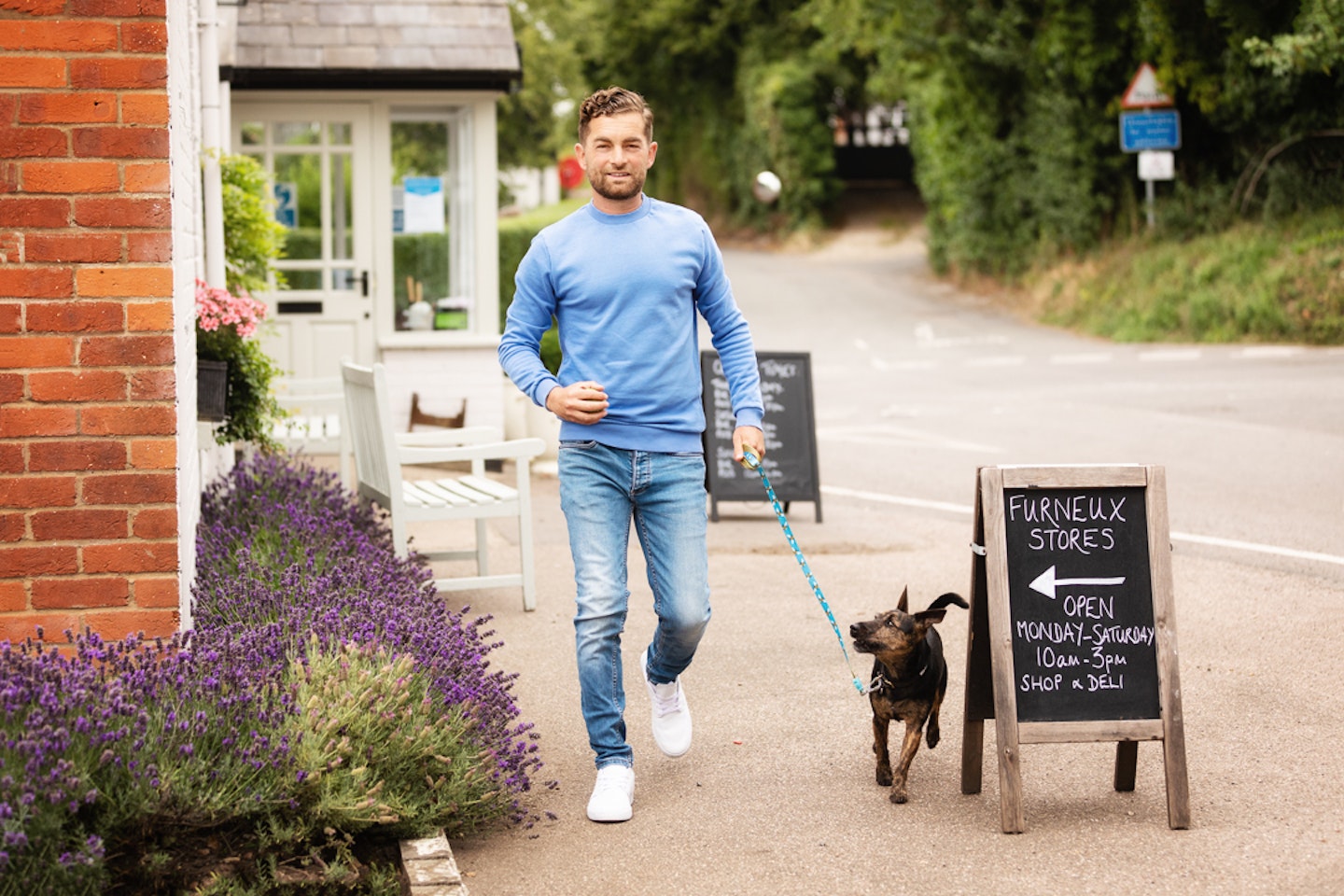
Will my puppy need a different lead to an adult dog?
I often advise owners to initially use a lightweight lead for their puppy in order to get their puppy used to the sensation and weight of a lead being attached to them. We must remember that wearing a collar and lead is an alien experience for a young dog. Introducing the lead positively is a must. You can do this through positive reinforcement using treats, as well as introducing the lead and collar to your puppy in a space that your puppy is familiar with and feels safe and secure in.
It is a good idea to introduce the lead gradually, allowing your puppy to become confident and accustomed to wearing their collar and lead before venturing out of the house. As your puppy gains confidence and grows, the lead can be changed to a more substantial lead that may be more appropriate for the final size and adult characteristics of your dog. This introductory process can also be useful to use with adult dogs, perhaps those rescued, who have never worn a collar and lead before.
What should I look for in a dog lead?
Whatever lead type you choose, make sure it is safe and comfortable for your dog as well as you, it is a tool for the both of you! When purchasing a lead, ensure it is suitable for use with the collar your dog has if it is necessary to attach the lead in this way. It is also important to check that any clips or buckles are secure and sturdy. Plastic can sometimes become weak over time and fabric can fray or degrade, so it is a good idea to keep a check on any lead you choose to ensure it stays suitable over time. You will also need to be able to attach an identification tag to your lead or harness should you not be using a separate collar that already has one attached. This is a necessity and required by law.
Additionally, when choosing a dog lead it is important to ensure that your choice does not create a negative experience for your dog. I would advise that owners avoid styles of lead that may nip or pinch their dog’s skin, whether accidentally or due to the design of the lead. You want your walks to be a positive and rewarding experience for the both of you.
Finally, there are many environmentally friendly leads available on the market that are made of sustainable or recyclable materials that you might want to consider.
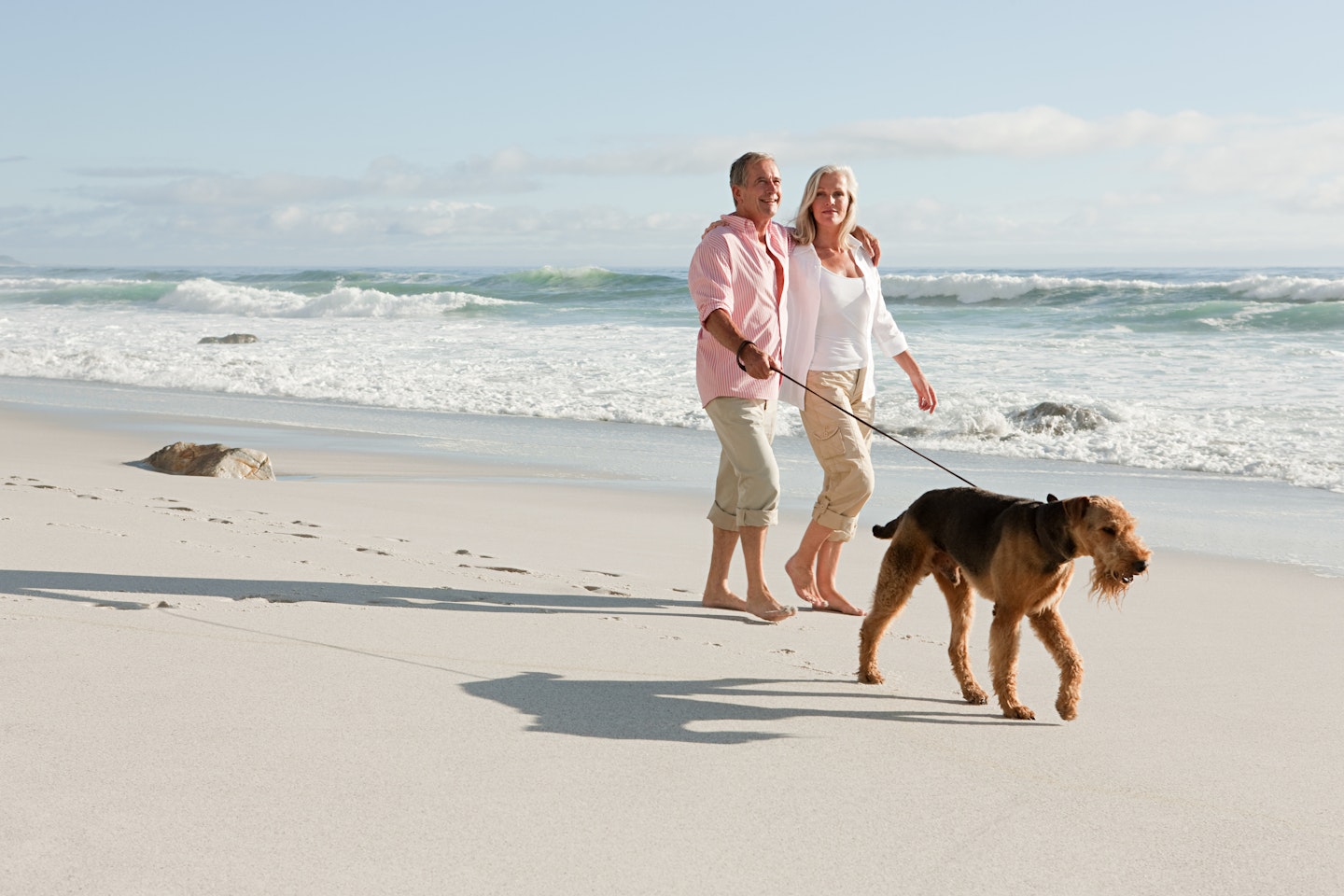
Can dog leads be dangerous?
As with any tool, if used incorrectly a dog lead can become dangerous for both the owner and dog. I have heard all sorts of stories where the use of a lead that has been inappropriate for the dog has led to an unfortunate incident. These stories range from owners being pulled over, dogs becoming tangled in leads and other objects, dogs getting injured through becoming caught up in another dog’s lead or harness, owners getting ‘rope burns’ through inaccurate use of their chosen lead such as a long line. The list goes on! As with everything in life, it is important to take care and ensure the ‘tool’ of your choice is suitable for your needs and used appropriately. If you are not sure what type of lead is best for you or how to use the lead you have chosen then ask a professional. Many pet shops can offer advice, as can your local dog trainer and behaviourist.
What should I do if my dog pulls on his lead?
The first thing to establish is ‘why’ your dog pulls on the lead. Ask yourself, is your dog still a puppy and pulling on the lead in order to explore their surroundings? Or perhaps your dog is pulling because it wants to greet another dog? Dogs can also pull because they are worried and want to return home or, oppositely, they are excited to reach a new destination. There are many reasons why your dog might pull on their lead and how to address this issue will depend on this reason.
The second thing to establish is if your dog understands what is required of them when walking on a lead and if they understand the ‘heel’ command. If you have not taught this then this is the first place you should start. Remember to use positive reinforcement to help your dog to learn to walk by your side when you give the command ‘heel’.
Do I need more than one dog lead?
Whatever lead you choose for your day to day life and dog walks, you might need to consider a second style (or more!) of lead to assist with occasional activities you undertake together, or perhaps even a behaviour modification training programme you are undertaking. Don’t be afraid to try out various leads to find what best suits you and your dog. Similarly, don’t be afraid to change your dog’s lead if you find it is no longer working for your dog and their needs. Like most things in life, it’s not a case of ‘one size fits all’ and needs can change over time.
Adem is the owner and founder of Dog-ease where he works as a CFBA registered Dog Behaviourist.
Best dog leads to buy
Whilst we may receive commission for purchases made through our links, we never allow this to influence product selections.
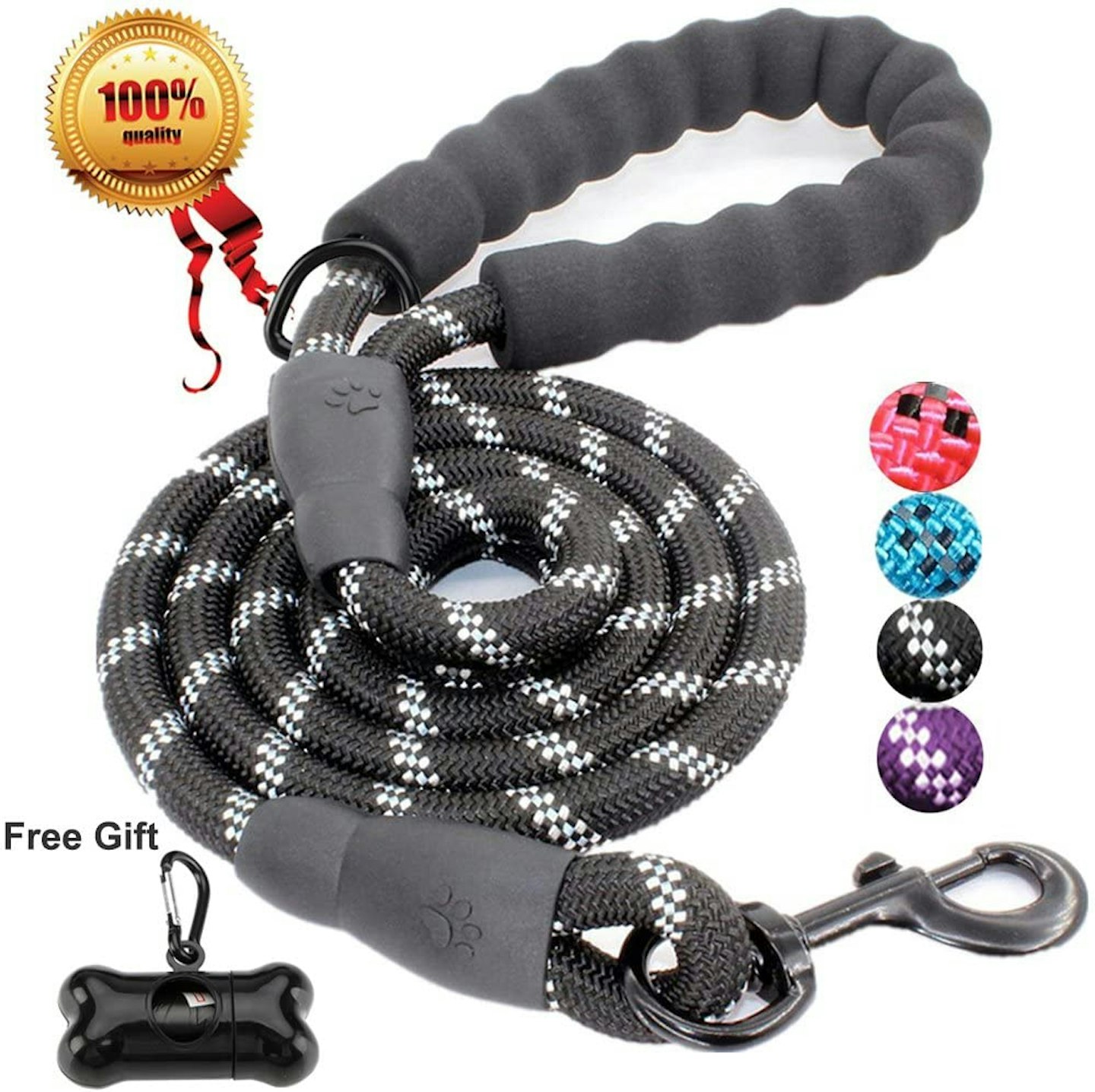
Available in five colours, the JBYAMUK 5 FT Strong Dog is made of high quality climbing nylon ropes, plus a unique high density anti-bite layer design inside. The soft padded handle make it fits comfortably in the hand while controlling your dog, protects your hand from rope burn.
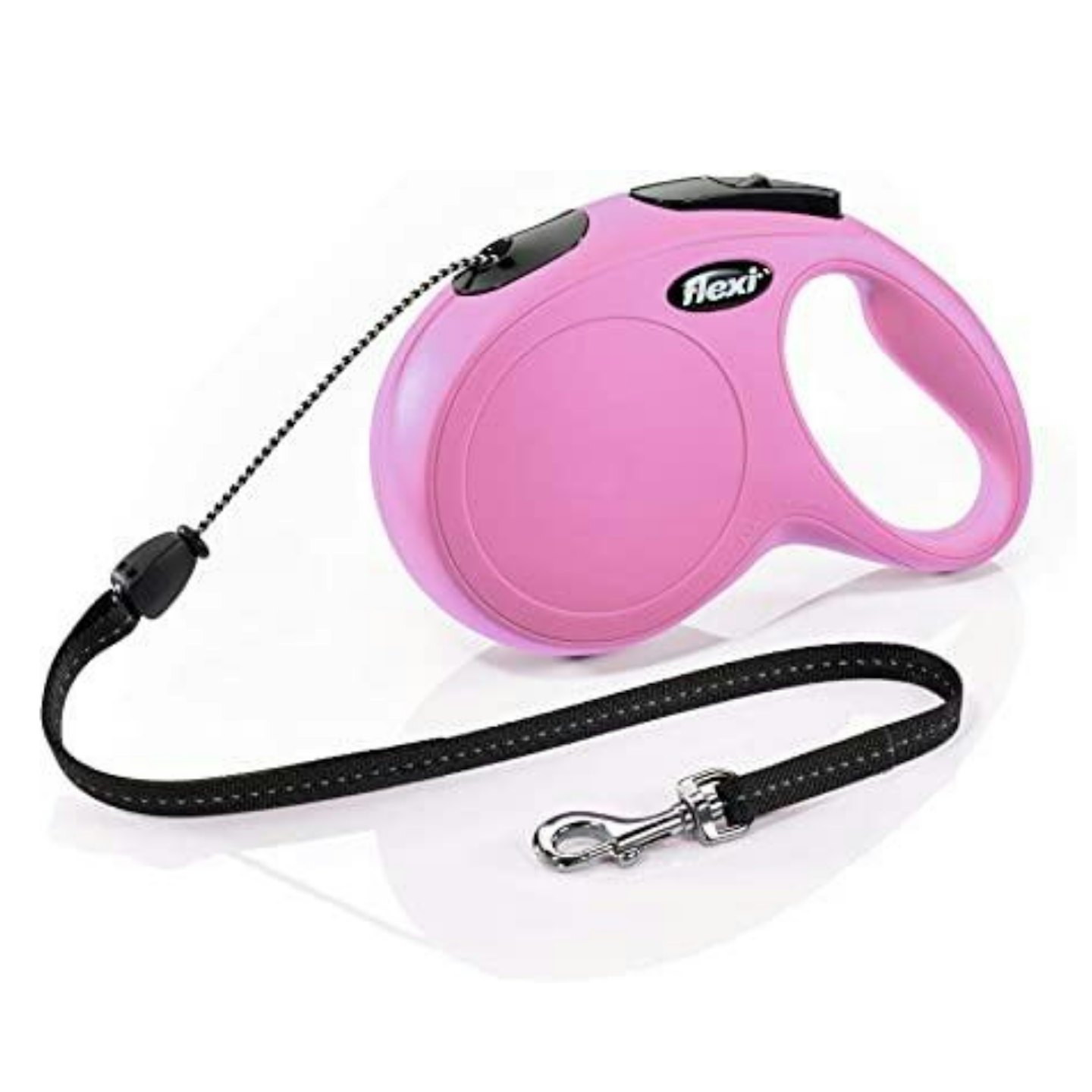
We love the fast, reliable response by the short-stop one-handed braking system of this retractable lead which has reflective bite belt for improved visibility in the dark. It also offers great freedom of movement for your dogs thanks to the 8m cord.
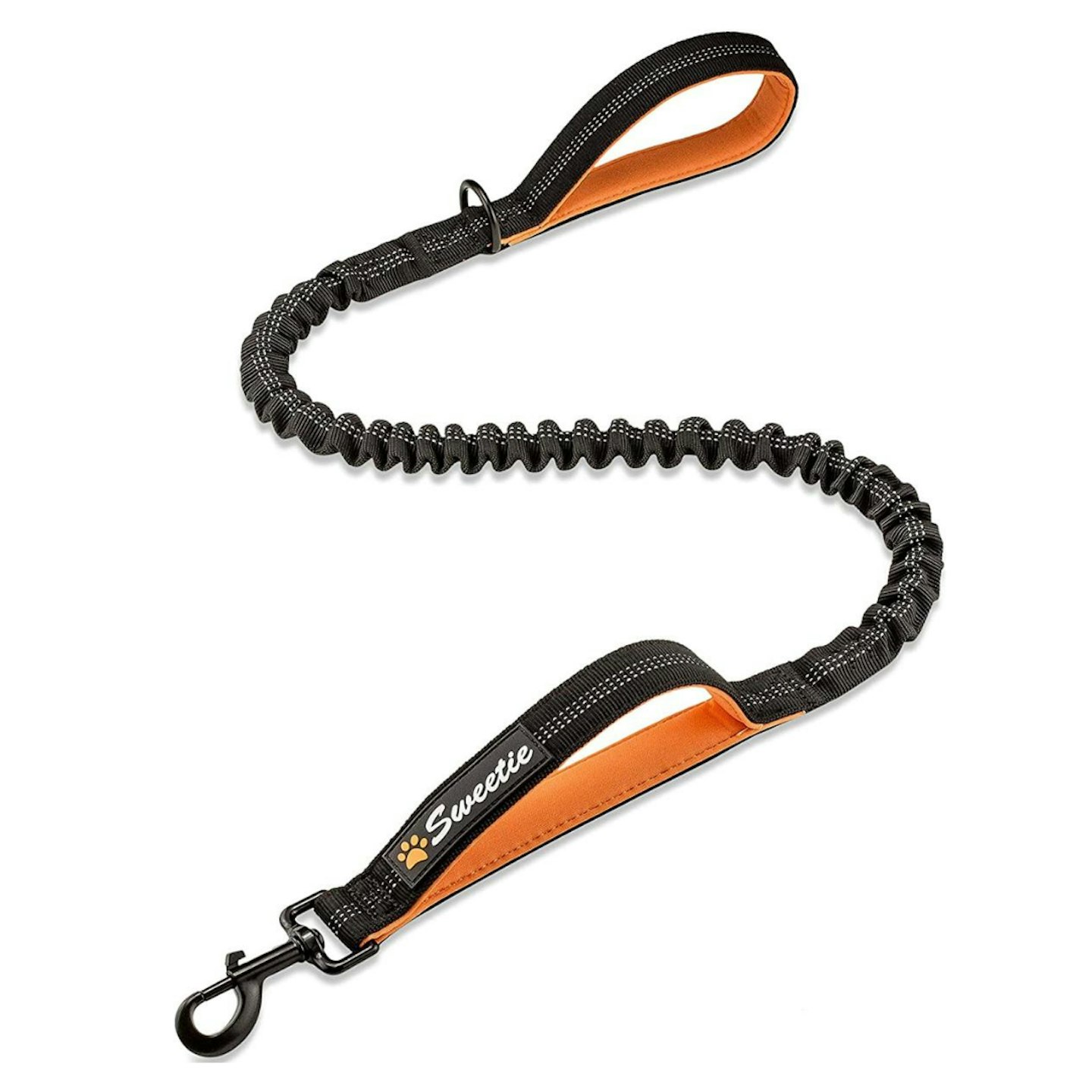
Sweetie's dog lead has a shock absorbing bungee section that stretches when the handle is pulled. This allows your dog to feel a gentle tug signalling it to stop or wait, rather than a sudden jolt. The large metal clip of the Sweetie bungee dog lead is made of a strong metal that won't snap no matter how you or your dog pulls. It clips on nicely and tightly to your dog's collar or a harness.
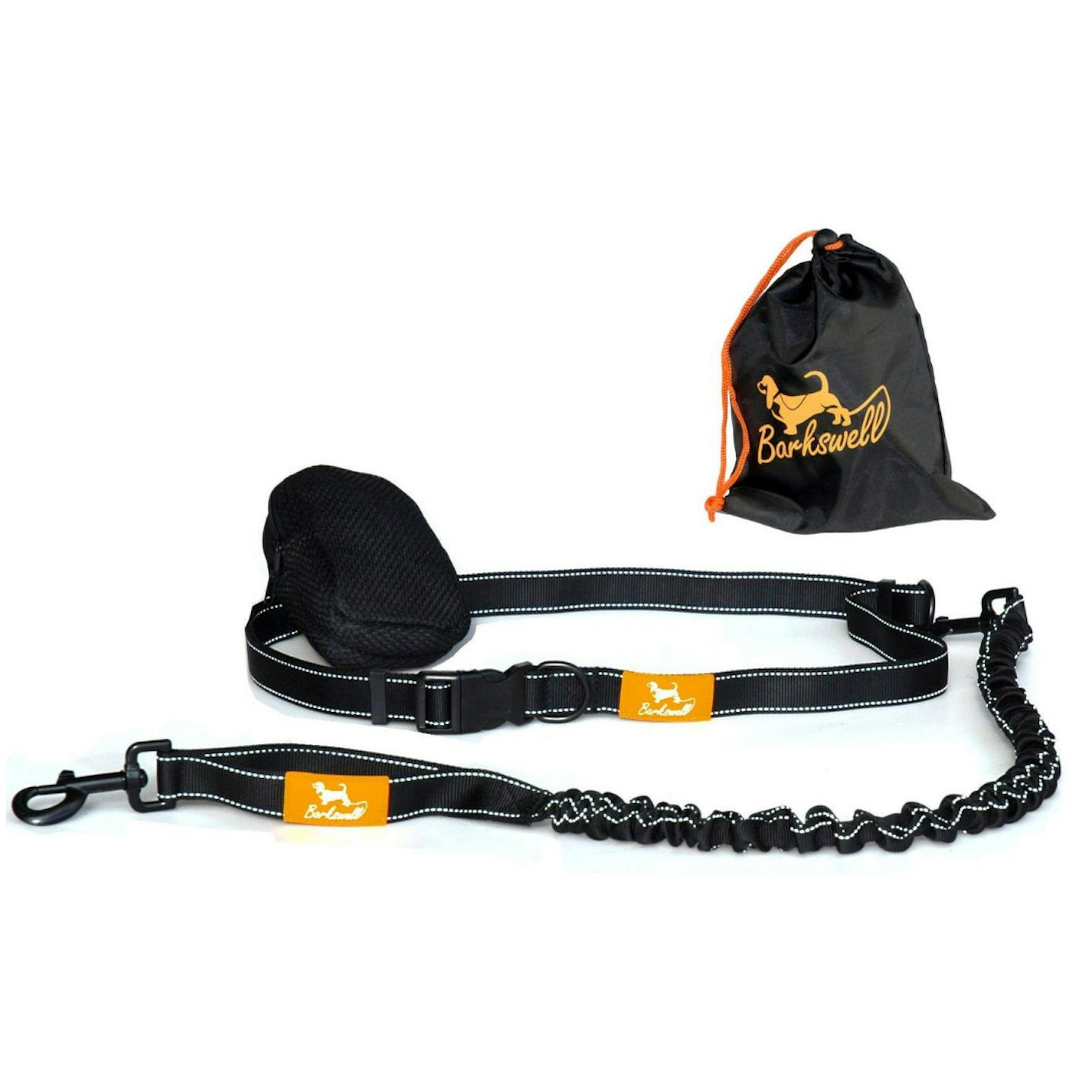
This Handsfree dog Lead by Barkswell allows your hands freedom while walking, running or jogging with your dog. The shock absorbing lead stretches from 3 foot to 4.5 foot, allowing your dog freedom as you jog or run.

